Sunrooms are often a favorite room among homeowners. They provide the opportunity to enjoy the outdoors without exposure to creepy crawlers, harsh winds, and inclement weather. There’s no direct exposure to the elements, so it’s typically a much cooler and more comfortable place to relax during spring, summer, and autumn months.
Unfortunately, the same can’t be said for the winter months. Due to frigid temperatures and the challenges associated with heating a sunroom, many people leave their sunrooms relatively vacant during the cold months.
Challenges of Heating a Sunroom
There are a couple of primary challenges to heating a sunroom during the winter months, so many people avoid it altogether. First, insulation is usually an issue. Most sunrooms have lots of windows to let in all the gorgeous sunlight.
Glass is not the best insulator, and all those cracks around the windows can let in a lot of cold air.
A great solution to this problem is getting energy-efficient windows, but that’s not always something that everyone can afford. Second, many solutions are focused on keeping the cold out. Unfortunately, that doesn’t work too well when the temperatures fall below freezing.
The best and most affordable solution heats the sunroom from the ground up.
The Best Sunroom Heating Method
The best sunroom heating method is radiant floor heating. Most sunroom heating solutions only work when the weather permits, while radiant heating works all the time, no matter how cold it gets outside. Plus, the installation process is much more straightforward than you might think.
Radiant heating installers lay electrical wires beneath your flooring. When you turn them on, or they activate based on a predetermined temperature setting, the cables will create heat, warming your floors to a comfortable temperature for your feet. The heat produced beneath the floors will rise, and your entire room will be filled with warmth, allowing you to sit, relax, and enjoy your sunroom year-round.
5 Tips to Improve Sunroom Heating
As you’re working on getting radiant heating in your home, there are other things that you can do to improve the heat in your sunroom. They might not be as effective, however they work well in conjunction with radiant floor heating.
Here are five tips to improve sunroom heating in your home:
1. Improve Insulation
Insulation is vital to sunroom heating if your goal is to prevent temperature transference. It’s essential to ensure that the heat produced by your radiant heating system doesn’t escape. After all, you’re not trying to heat the whole world – you’re just trying to heat your sunroom.
To improve the insulation in your sunroom, you can attach weather stripping to the window frames and cracks. This will prevent cold air from getting in and warm air from getting out. Second, you can also add a layer of transparent plastic insulation to your windows’ surfaces, making them more insulated and energy-efficient.
You might also invest in energy-efficient windows for your sunroom. They may seem expensive initially, but they will help you retain more heat and ultimately lower your electricity bill.
2. Consider Window Tinting
It is not the most ideal addition to a sunroom, but window tinting is another option for sunroom insulation that you can explore. It may block some light, but the best and most ingenious part of this solution is that while it prevents heat from escaping, it doesn’t prevent solar energy from getting in.
If you want to avoid tinting the windows in your sunroom, that’s completely understandable. There are other solutions that work well in conjunction with radiant heating to explore.
3. Add a Ceiling Fan
Since heat rises, most of the heat produced in your sunroom will float up to the ceiling and stay there. Unfortunately, you may not be tall enough to reap any of those benefits, so you need to find a way to circulate the rising heat. A ceiling fan is a perfect partner to radiant heating because it pushes the heat downward, dispersing the warmth and filling the room more evenly.
Ceiling fans are also great sunroom additions because they help cool your sunroom during the warmer months. It’s a solution that works for every season.
4. Install Insulative Flooring
Insulation is the key to preventing temperature transference. To keep cold air from getting in and hot air from slipping out, you should look at your sunroom floors. Insulative flooring will maximize the energy efficiency of radiant heating, improving the time it takes for your sunroom to heat up and reducing the amount of heat you lose.
5. Add a Carpet or Rug
If you can’t afford to install insulated flooring in your sunroom, you can also add a carpet or rug to increase the insulation. It’s undoubtedly a more cost-effective option and accomplishes nearly the same thing. It’s also ideal because rugs and carpets are more comfortable to walk on than hard-surfaced alternatives.
Start Sunroom Heating from the Ground Up
Warmup is the comprehensive leader in radiant heating solutions globally and they have the best warranties in the industry. If you’re interested in installing radiant heating in your sunroom, contact us today and get a free quote.
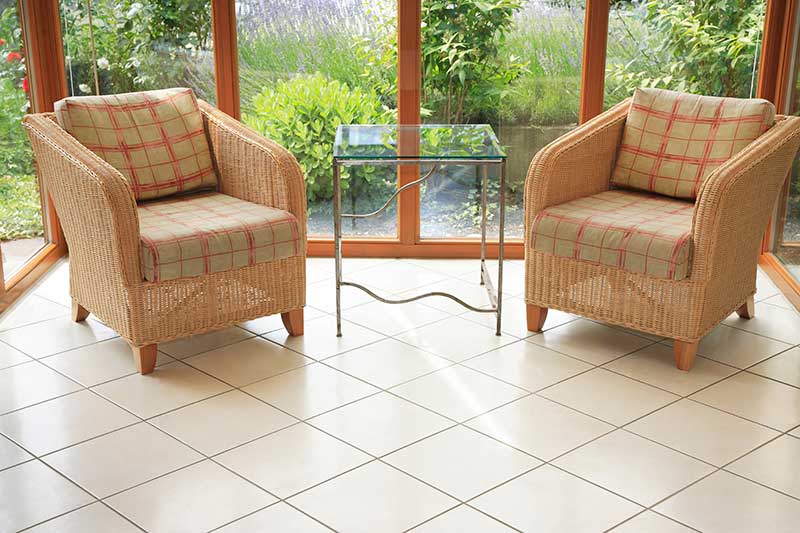
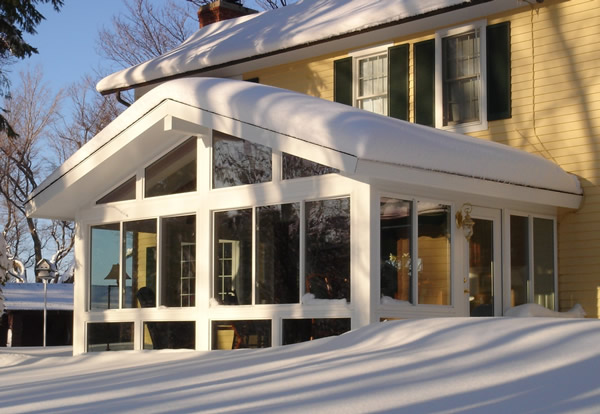
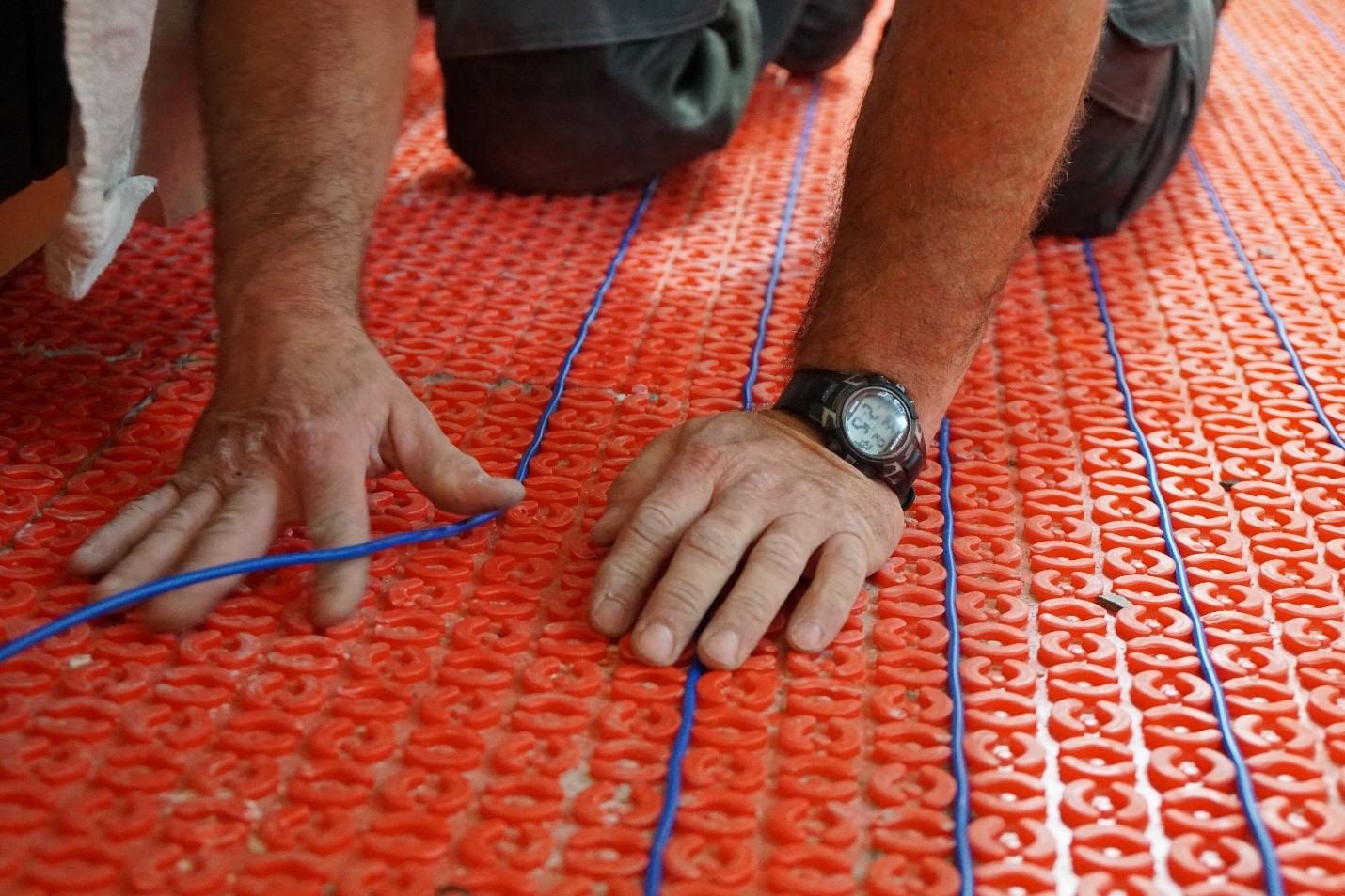
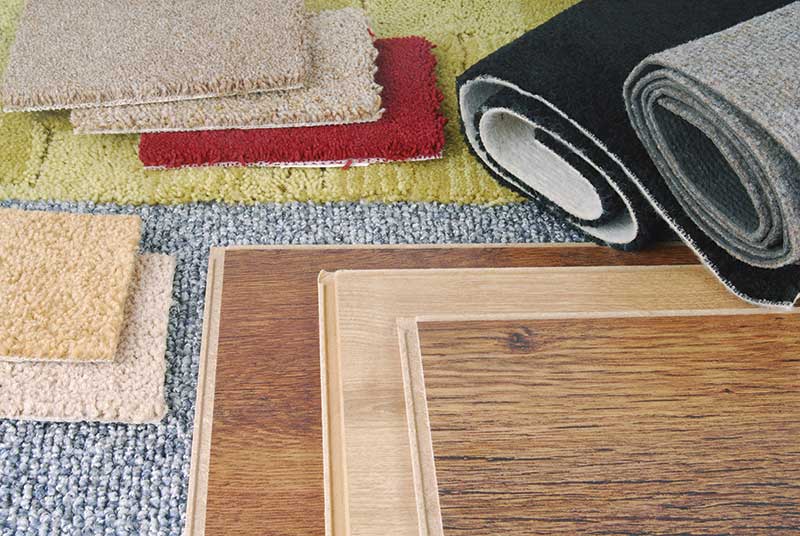
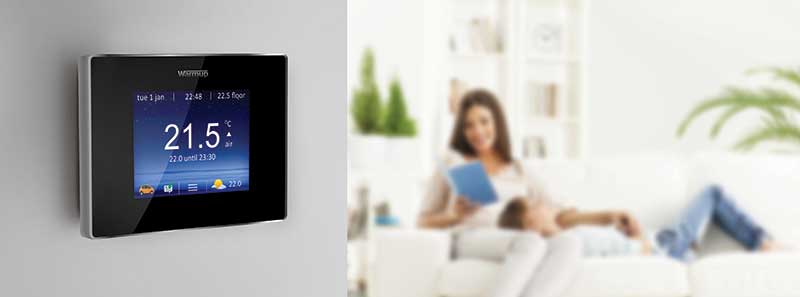



![Thumbnail [200x250]](/wp-content/uploads/Indoor-Systems-Page-Image.png)
![Thumbnail [200x250]](/wp-content/uploads/image-13.png)
![Thumbnail [200x250]](/wp-content/uploads/Projects-Image.png)